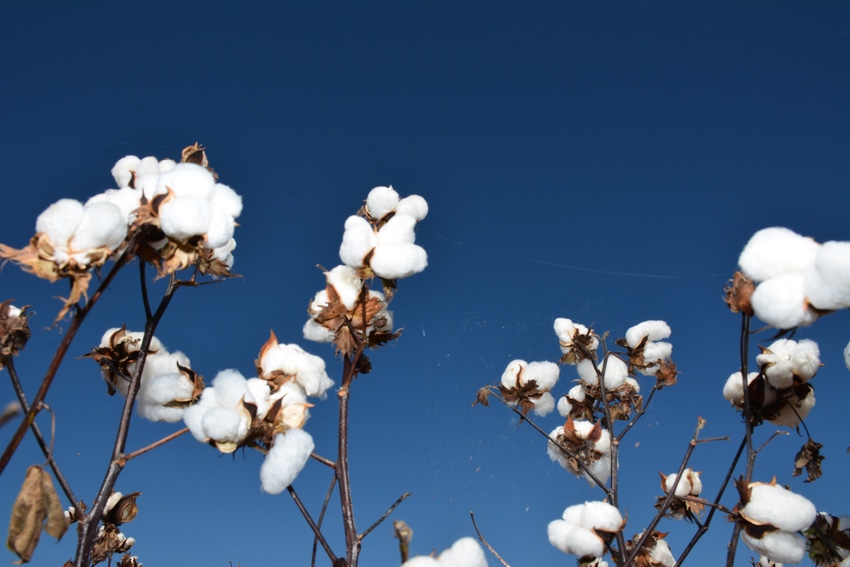
COTTON SPIN: Flexible marketing plans needed for new crop cotton
The 2017 season could see a few weather scares this summer, leading to upward cotton price volatility. Frequently, these weather market rallies will come and go as the market adjusts to new expectations, especially when the initial headlines of crop damage turn out to be not so bad.
March 6, 2017

None of us ultimately knows whether harvest time prices will be higher or lower. The key source of uncertainty in 2017 is the likely large amount of planted acreage.
I am expecting around 11.5 million planted acres of all cotton (upland and pima combined). It could be even higher than that. Large plantings will create both the potential and the expectation of a large crop. But that potential will only be realized if we have timely rains during the late spring and summer, and then good maturation weather in the early fall.
If that happens, the expectation of surplus supplies could easily push futures prices into the lower 60s by harvest time. Similarly, the expectation of a large crop would likely result in more typical cash price offerings, e.g., 6 cents to 8 cents under Dec’17 instead of the much stronger basis that growers have enjoyed for the 2016 crop. Under that scenario, Texas growers could be facing harvesttime cash prices in the mid-50s.
On the other hand, with a large increase in Texas acreage, there is always the possibility that unexpectedly harsh growing conditions will cause a widespread downshift in production expectations, leading to higher prices. We saw that briefly during July 2016, when the futures market rose 12 cents, only to retreat 9 cents in August.
CONTINGENCY PLAN NEEDED
The 2017 season could see a few weather scares this summer, leading to upward price volatility. Frequently, these weather market rallies will come and go as the market adjusts to new expectations, especially when the initial headlines of crop damage turn out to be not so bad.
How can a grower plan for such disparate possibilities? First, he needs to accept the premise that the price outcome is ultimately uncertain. Then he needs a contingency plan of action that a grower/hedger will take in various possible, but ultimately uncertain, future market situations. A marketing plan can include many strategies, probably in combination with each other.
These could include basic tactics like forward contracting, selling at harvest, marketing pools, and the USDA loan program. Hedging with futures and options can complement or substitute for these basic tactics. Besides identifying the specific tactics, a marketing plan should include targeted price levels (based on your production costs) and calendar dates when you will take a given action. A marketing plan could even include rules about when you will exit hedged positions, e.g., by a certain date, or after achieving a given level of profit.
Regardless of the tactic, the goal should be to reduce downside price risk, while allowing for the possibility of higher prices. Buying put options provides a flexible floor against falling cash prices, while allowing for upside potential while the crop remains unsold until harvest.
Another way of doing this would be to sell a futures contract and buy an at-the-money call option. Both of these strategies assume that growers will have cotton bales to sell in the harvesttime cash market (that is what gives you upside potential).
TO MUCH PRODUCTION RISK
Many growers, especially dryland growers, face too much production risk to assume a crop at harvesttime. In that case, the two hedging strategies described above could be applied to cover a level of production at or just below the grower’s APH yield Revenue Policy coverage level. Both of these strategies still face basis risk.
A third way of implementing a flexible floor is to match cash contracts (either forward or at harvest) with at-the-money call options. The cash contract sets the floor protection (and eliminates basis risk), and the call option allows for upside price potential. Of course, forward cash contracts can impose yield and quality risk on growers, as well as all the legal obligations in the agreement.
For additional thoughts on these and other cotton marketing topics, please visit my weekly on-line newsletter at http://agrilife.org/cottonmarketing/
You May Also Like



